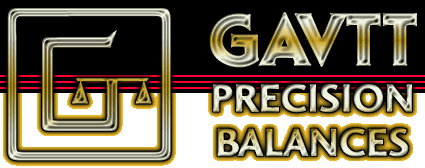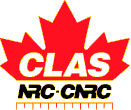

FAQ
What is heat flux, static electricity, vibrations and drafts?
Heat Flux:
When a sample/container is warm it can generate an air current that appears to reduce the weight.
The amount of weight change can depend upon the shape of the sample or the sample/container and on the temperature.
A heated sample must (MUST) be cooled to room temperature so as to meet high accuracy requirements.
The sample should be conditioned within the weighing chamber whenever possible.
Static Electricity:
At times containers and samples or the operator can have an electrostatic charge on them.
At times this can show in errors of several mg-g's in range, especially in dry environments.
Some makes of balances or scales have an electrically conductive layer on draft shield surfaces and antistatic weighing pans which can help reduce static.
Vibrations:
The amount of vibrations can depend on the location, place and surface where the balance or scale is set up.
A good and sturdy laboratory bench is usually good to keep the weighing down to 0.1 mg with a 0.01 mg readability. Vibrations with a frequency above 20 hz as a rule of thumb are neutralized by digital filters.
These filters can be effective so that strong shaking that occurs next to the balance or scale has little effect on the result (of course, it does slow the response time.)
However, avoid generating vibration by accidentally bumping the bench, balance table or by leaning on the surface while weighing a sample or calibrating.
Drafts:
Drafts have a low-frequency effect. Therefore, it is difficult for the balance or scale to tell the difference between drafts and adding more sample to the weighing pan.
On analytical balances, the weight readout is displayed when the draft shield is closed, so drafts are not a critical factor to take into account.
Balances with a 1 mg or 10 mg readability are usually operated with a partially open draft shield or even without one, so they should be set up where they are not exposed directly to drafts. At any rate, exposure to drafts must be avoided during calibration.
For readabilities greater than 0.1 g, the effect of drafts under laboratory conditions is less critical.
e-Mail: info@gavtt.com


CLAS Cert. No.
2003-03
SCC Accreditation No. 487
ISO/IEC 17025 Accredited
Quality - It's a Matter of Balance!
GAVTT Precision Balances Limited
Service and Repair of High Precision Mechanical and Electronic Weighing Balances and Scales in Canada.
Corporate | Information | Frequently Asked Questions | Contact
© Copyright 2003, GAVTT Precision Balances Limited